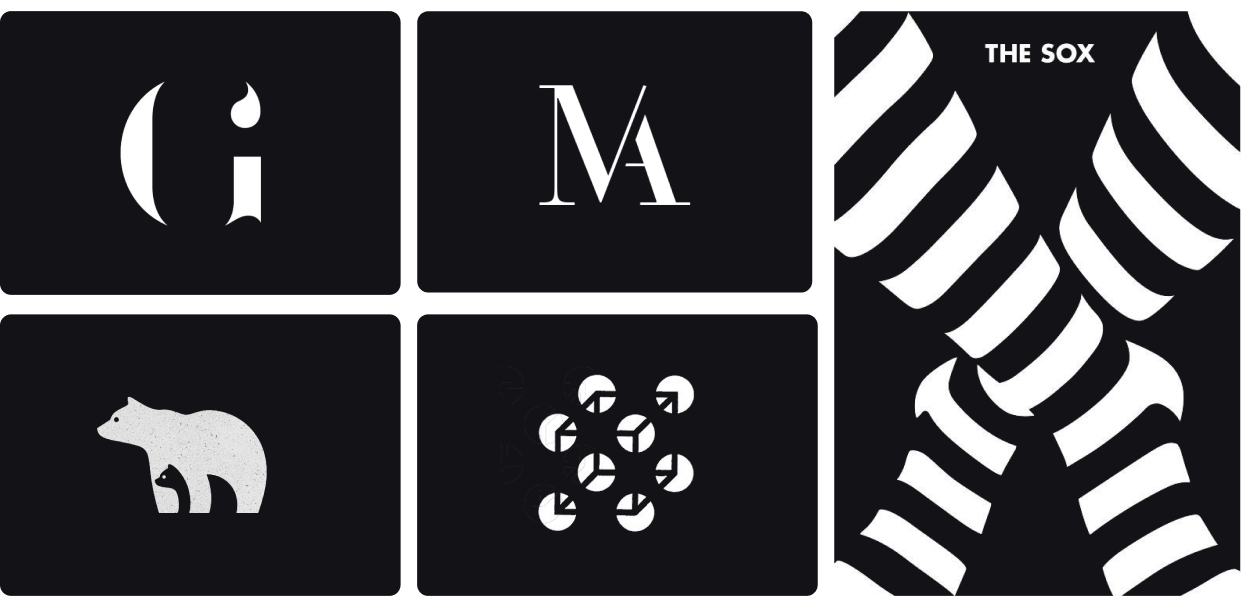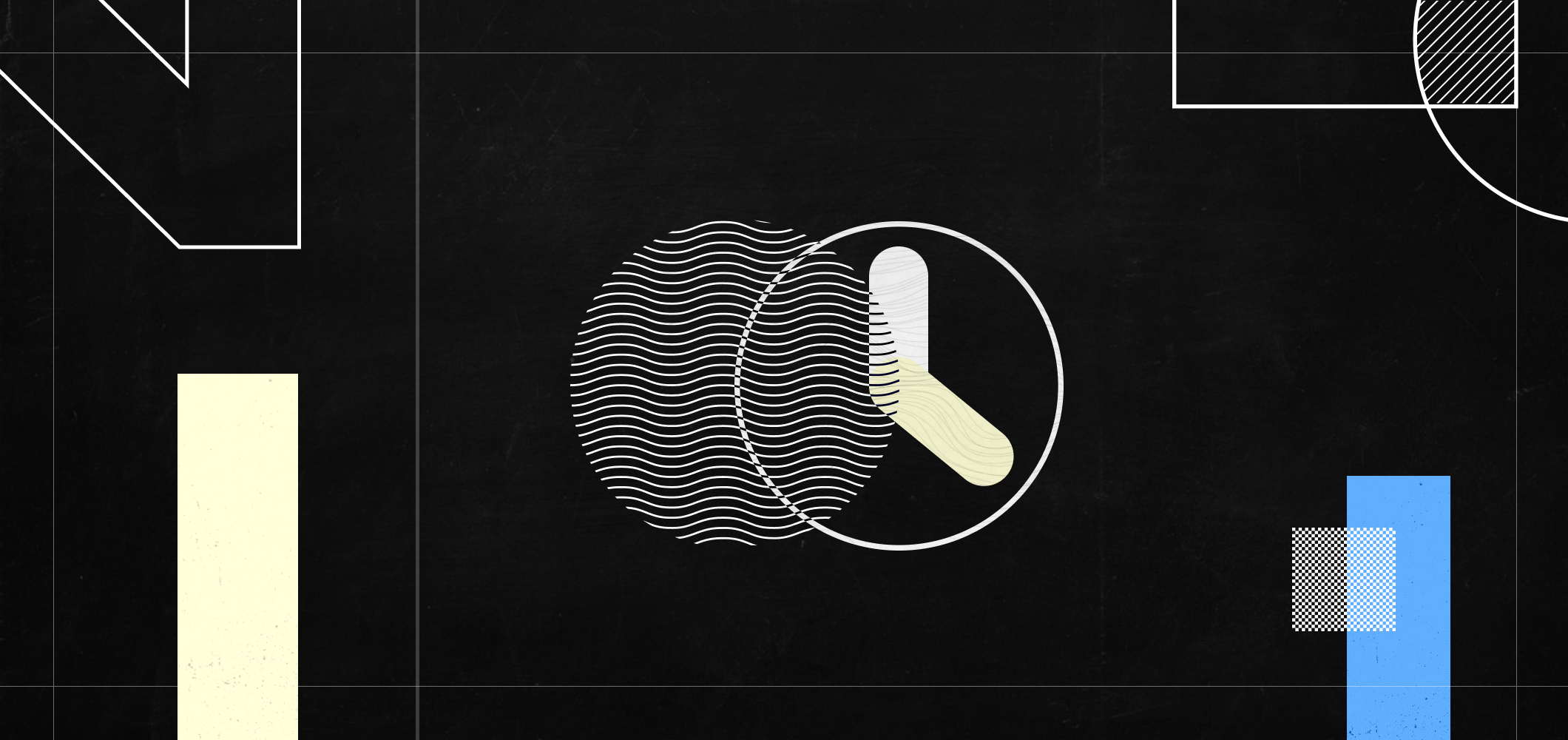Reaching the last page of a long and difficult book is a blissful moment. It’s when we get a sense of pride and fulfillment. Whether it’s announcing a product, wrapping up the design of a project, or hitting the publish button. These are all moments of closure, mental milestones where we end something we have done, to create space for something that’s yet to come.
Most of us struggle to finish something, because most of us don’t dare to start in the first place.
We often dread, fear, and feel downright ashamed for unfinished work. It’s not surprising that most of us don’t start. Starting is hard because we see the herculean amount of work it takes to finish. It’s more comfortable to feed our ego based on fictions and tales of future success, instead of getting our hands dirty and being confronted with our own shortcomings.
Once we start, the eerie feeling of reality kicks in.
We might realize that our idea is not as original as we thought, that we aren’t quite able to build or visualize what we had envisioned, or that we simply lack willpower and conviction to push through the mental hurdles that get thrown our way. We focus on the end, instead of pondering how we’ll get there.
This is not just shortsighted. It’s detrimental to our creative output.
There is a vast body of research that shows that instead of fearing, we should actually embrace things that are unfinished. After all, everything that was ever finished, was at some point unfinished. The tension and feeling of unfinished can work both for and against us. In order to understand how we can leverage it to get more done, build better products, and design more compelling experiences, we need to understand how unfinished affects our mind.
In other words, we need to talk about unpaid bills.
An unsettling bill
Blooma Zeigarnik and her professor of Gestalt psychology were having coffee at a bustling restaurant. Little did she know that the conversation that was about to unfold would turn her name into a timeless phenomenon in psychology.
While waiting for the check, the two eagerly discussed an odd observation they both made. Somehow waiters seem to better recall bills that were still open than the ones that had been settled. It seemed like the moment a bill was paid, it vanished from the waiters memory. Based on this simple insight, Zeigarnik conducted a series of experiments that showed that unfinished tasks loom larger than finished ones.
Unfinished tasks lead to cognitive tension, a feeling of restlessness and discomfort that makes us seek closure and come back to it again and again. This effect goes beyond remembering individual items on a bill. It affects whether we achieve our goals, our creative output, and how we pay attention.
There are three ways that anyone who is building and designing products can use this to their advantage.
1. Creative output
Physics teaches us that a ball that is rolling is easier to accelerate than a ball that stands still. Things endowed with momentum want to keep moving.
Leonardo da Vinci knew this. He was famous for being a master procrastinator who often put the patience of his commissioners to the test. He would keep some of his unfinished artwork up to a decade to practice, refine, and master various drawing and painting techniques before ultimately finishing them. He knew that the secret to progress and getting something done wasn’t to obsess about finishing, but to focus on starting first.
Indeed, what we learned is that once you start a task—without completing it—you will find yourself thinking of the task until, step by step, you eventually finish it.
It’s critical to be vigilant about what type of thoughts we allow to intrude and linger on our minds though. Not all tasks are created equal, and not all of them contribute to our success. Quite the opposite actually: while some open tasks create momentum that bring us closer to our goals, some actively prevent us from it.
Keeping track of a bunch of unfinished emails and notifications before going to sleep is not just a recipe for bad dreams. It’s a waste of mental space.
Therefore, we’re better off by exposing ourselves to uncomfortable and challenging problems instead. Whether it’s code, design, or writing. By starting out on a task and allow for deliberate, longer interruptions, we can effectively reach our goal faster. Numerous studies showed how unfinished tasks didn’t just improve recall, but also speed up the way we learn and get things done.
As Paul Graham, legendary investor from Y-Combinator notes, reading from an author can at times feel like they are always right. The only reason we feel this way is because the skillful author hasn’t published the hundreds of articles where they were wrong. In order to be right some of the time, we need to be willing to be wrong many times before.
Stop trying to be right. Accept the messiness of unfinished and use its momentum to increase your creative output.
2. Motion and gestalt principles
Good designers and craftsmen know that what we leave out is just as important as what we put in. We naturally sense beauty in absence, but rarely appreciate it for what it is.

Unfinished shapes are known to immerse the viewer and let them become part of the creative process. Whereas most visual material can be processed immediately, there is slightly more deliberation required to make sense of what we see here.
These Gestalt principles haven’t just helped generations of designers to create more interesting imagery, they also allow us to overcome challenging motion design problems.
In film making or interface design, we often need to let something disappear on one end of the screen, only to make it reappear on the other. One of the rookie mistakes of aspiring motion designers is to draw this entire animation literally. We don’t always have the luxury of being able to transition across the whole screen though. At times this can also feel heavy and inelegant.
Making an object disappear and reappear may seem counter-intuitive at first. Yet it can often fulfil the same purpose, without the need to explicitly animate the whole distance. By applying the same momentum, we can convincingly convey to observers that these are effectively the same or a related thing. Momentum instills character. It allows us to remove specific moments in time without sacrificing the story we want to tell.
Take advantage of unfinished to create more compelling visuals. Use it in motion design to bridge the gap, when faced with an overwhelming amount of objects or constraints .
3. Keeping people’s attention
Attention economy was a term most of us had never even heard of. Today, it’s a topic that is widely discussed and researched in a deluge of books, articles, videos, and podcasts.
If there is one industry that has mastered how to keep peoples attention it’s the entertainment, advertising, and news industry. No other field has managed to glue people to their screens as effectively as they have.
Just when one mediocre episode is about to finish, it ends with an expertly crafted cliffhanger that prompts us to watch the next. Just when the credits of the current video start rolling, the countdown for the next starts counting.
These industries have mastered the psychology of unfinished and so can we.
Trailers, teasers, and promotions all lean into the power of unfinished. They give insights about the conflict, without revealing how the conflict is resolved. Titles of articles and videos ask questions with subtle hints to the answer, while savvily leaving out the answer itself. Movies with abrupt ends, get debated, while the ones with predictable ends get forgotten.
The Avengers, one of the most successful movie franchises ever made, did not storm the box office because they were the best movies in film history. The Marvel universe is about unresolved and ongoing conflict. Each movie adds familiarity and momentum for the next one to pick up where the previous left off.
Potato chips are like The Avengers. Just when you finish eating one, you want more. That is by design.
Use the power of unfinished to instill suspense and interest for the content and products you think matter.
Stop here
You’ve made it so far. Now it’s hard to stop isn’t it? That’s unfinished at work.
The power of unfinished is, perhaps not surprisingly, the power of starting. Once we start something, our brain starts rewiring itself. Now there is something, where before there was nothing. We gain momentum, pose, and keep the ball rolling.
We can build momentum both within ourselves, or we build momentum for the things we create.
Anything that’s unfinished creates tension, an urge to go back, and an unpleasant feeling designed to motivate us. All it takes is to put these forces to work, instead of letting them roam free. Unfinished is an inevitable precondition for finished and we can expose both ourselves and others to its momentum.
We don’t have to be Leonardo or Thor. We just need to start.
